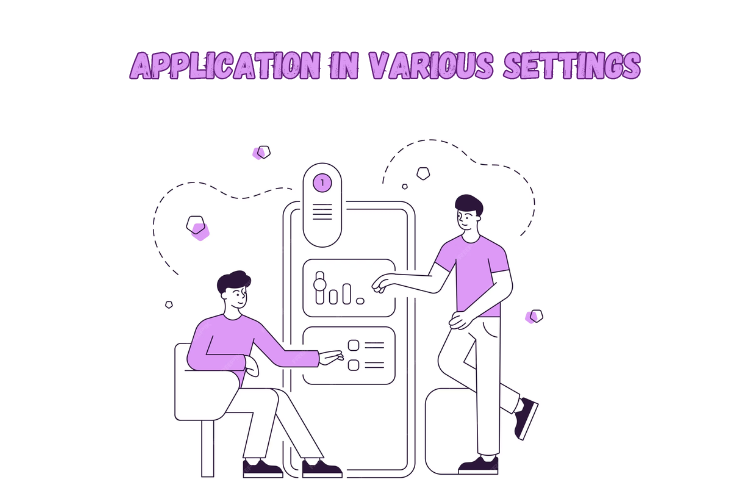
Mastering Strategic Communication: Elevating Your Executive Presence
In the fast-paced and dynamic world of business, where decisions are made swiftly, the ability to think strategically and communicate effectively is the linchpin of executive success. While communication skills are often the focal point for aspiring managers, the integration of strategic thinking and effective communication yields a powerful executive skill known as “strategic communication.” This crucial skill, surprisingly, receives minimal emphasis in business schools and executive training programs, despite its historical significance dating back to the Middle Ages
Understanding Strategic Communication
So, what exactly is strategic communication? It’s more than just delivering information without inducing boredom; it involves understanding your audience and devising a plan for them to internalize your message and take actionable steps. In a world where instances of poor strategic communication are rampant, refining this skill becomes imperative for executives seeking to distinguish themselves.
A Historical Perspective
In the educational landscape of the pre-20th century, the discipline of Rhetoric played a pivotal role in teaching “strategic communication.” Leaders, ranging from military and political figures to civil servants and clergy, were expected to master this skill. The term “rhetoric” itself, now associated with deceptive political discourse, once held a positive connotation tied to ethics.
Essential Insights for Strategic Communication
Drawing on more than two decades of coaching senior executives and boards, we can distill essential insights to enhance strategic communication.
- Start with the Opportunity
Begin by clearly outlining the benefits for key stakeholders. Avoid delving too deeply into details, focusing instead on delivering the main points that resonate with your audience.
- Review the Options Briefly
Present different approaches or actions at a high level without getting bogged down in details. A concise executive-level summary instills confidence and credibility.
- Present the Recommendation Pointedly
Offer the best solution at an appropriate level of detail for the audience. Tailor your presentation to suit whether it’s a senior management team or a specific functional team.
- Lay Out the Long-Term Plan Concisely
Articulate the strategy as a plan to achieve a goal, considering risks and upsides. Present the plan with brevity, using visuals like a roadmap with key milestones.
- Do the Math
Demonstrate financial analysis, emphasizing costs and benefits. A successful strategy is not just elegant but also implementable and impactful.
- Solicit Feedback
Foster dialogue and demonstrate your depth of knowledge by inviting questions and discussion. Keep the initial steps brief to set the stage for collaboration.
Application in Various Settings

These guidelines apply not only to formal presentations but also to informal conversations, meeting participation, and writing compelling memos or emails. Despite their seeming simplicity, these tips encapsulate timeless wisdom from rhetoric classes that many executives may not have had the opportunity to take.
The Journey of Continuous Growth
Elevating your “strategic communications” is a surefire way to enhance your executive presence. Embrace the journey of refining your skills, as even seasoned executives acknowledge opportunities for improvement. Continuous growth in strategic communication ensures you become not just a listener but a collaborator and advocate, perpetually evolving and mastering this critical executive skill.
About Build Brand Better
In the realm of online reputation management, Build Brand Better stands out as an unparalleled leader. Our expertise lies in crafting and executing comprehensive strategies to enhance your digital presence and reputation. With a commitment to excellence, we ensure that your brand not only survives but thrives in the ever-evolving digital landscape. Choose Build Brand Better for a strategic partner in managing and enhancing your online reputation.
FAQ
Q1: What is strategic communication, and why is it important for executives?
A1: Strategic communication goes beyond delivering information; it involves understanding your audience and devising a plan for them to internalize your message and take actionable steps. For executives, it’s crucial because it combines strategic thinking with effective communication, enhancing their ability to navigate complex issues and lead with influence.
Q2: How does historical education, particularly Rhetoric, connect with strategic communication?
A2: In the pre-20th century educational landscape, Rhetoric played a pivotal role in teaching “strategic communication.” Leaders were expected to master this skill, and the term “rhetoric” had a positive connotation tied to ethics, contrasting with its modern association with deceptive political discourse.
Q3: Can you provide practical tips for improving strategic communication?
A3: Certainly! Start with outlining opportunities, review options briefly, present recommendations pointedly, lay out long-term plans concisely, do the math with financial analysis, and solicit feedback to foster collaboration. These tips apply not only to formal presentations but also to informal conversations, meeting participation, and written communication.
Q4: How can strategic communication be applied in different settings?
A4: The principles of strategic communication are versatile and can be applied in various settings, including formal presentations, informal conversations, meeting participation, and written communication such as memos or emails. Adapting these principles to different contexts enhances effectiveness in diverse communication scenarios.
Q5: Why is it essential to solicit feedback in strategic communication?
A5: Soliciting feedback fosters dialogue, demonstrates depth of knowledge, and sets the stage for collaboration. It allows executives to address concerns, clarify points, and refine their communication approach. Continuous improvement through feedback ensures that strategic communication skills remain dynamic and effective.
For more Blogs:- www.buildbrandbetter.io/blog/
